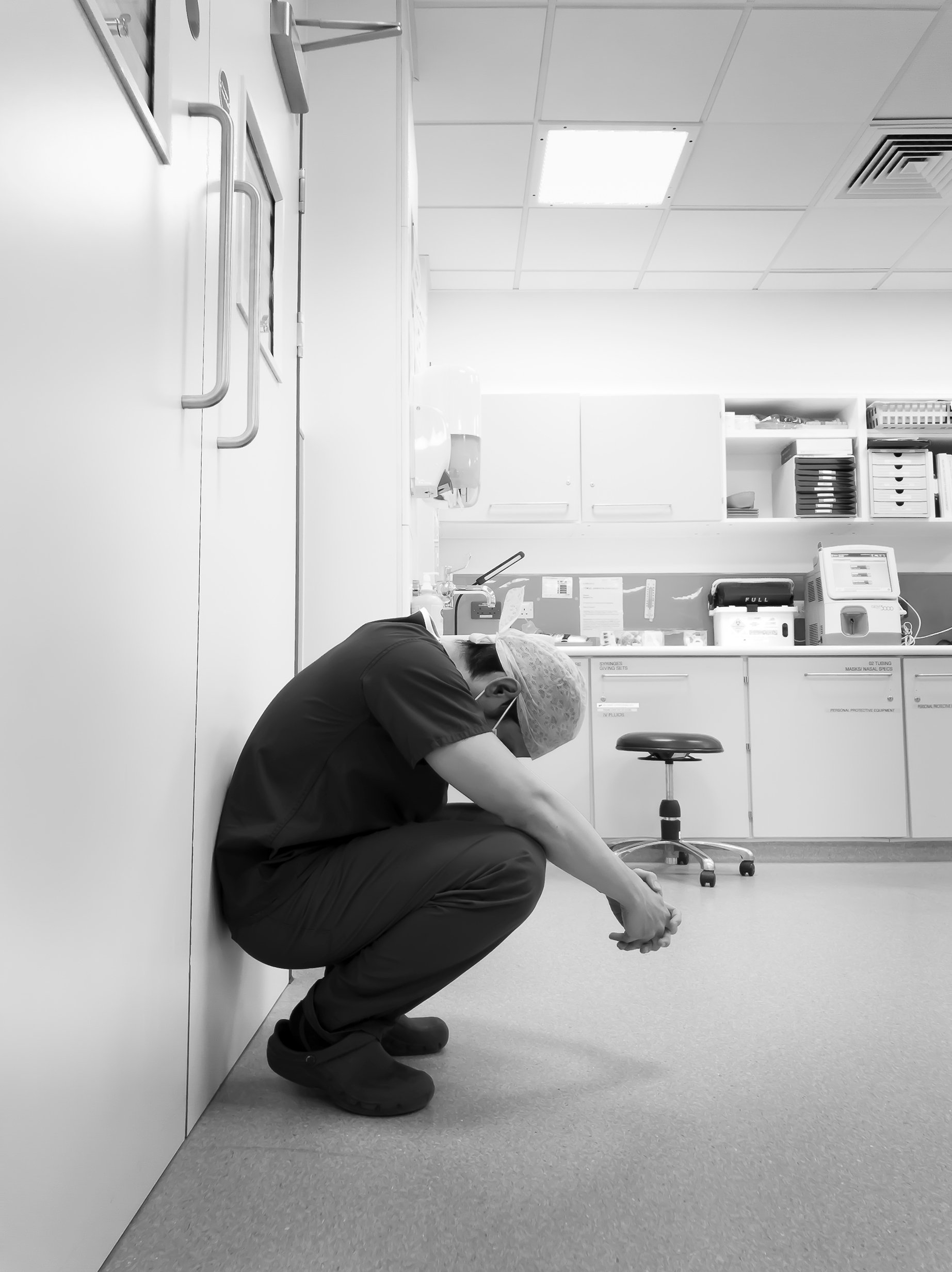Blog Contribution by NIHD Board Member Kate Newcomb-DeSanto MSN, RN, MSW, EDAC.
I was recently struck by a quote from Richard Branson, “Train people well enough so they can leave. Treat them well enough so they don’t want to.”
Much has been discussed regarding the tidal wave of caregiver burnout after the trials of the COVID 19 pandemic. In efforts to combat this, employers have offered enhanced salaries, bonuses and launched other initiatives to keep staff in their roles and avoid the shortages that a “great resignation” would cause. This has not been widely successful.
I’d suggest that attention to the built environment might be a significant key to combating caregiver burnout.
A secret that Nurses and other clinical caregivers know that I suspect others don’t: We DEPEND on our co-workers TREMENDOUSLY. We need them, and they need us. I’m not speaking of “need” as in a physical hand to complete a task (well, we need that sometimes too) but rather we need their support in ways that only those who have done the work can understand.
There is a shorthand of speech, action and interaction that is difficult to explain. During COVID, the ability to engage with co-workers in meaningful ways that accomplish this need of interactivity became dramatically less possible. Gone were the opportunities to eat a meal in close proximity to one’s co-workers, or even to engage in less stressed and more casual conversations. Staff were carrying such acute loads that they were simply rendered incapable of lending a hand to others, listening and collaborating in the customary ways that they were used to, and that they need.
The physical environment suffered to support a heightened patient care load, and became more solitary to decrease the transmission of the virus between co-workers. It became an isolated space.
Isolation is an unhealthy place for healthcare to be delivered. The burden of caregiving in isolation is an unhealthy place for providers to exist.
As we emerge from the height of the pandemic, I’d like to urge those of us who have the privilege of creating the spaces for healthcare delivery to consider the importance of guarding the collaboration spaces, the teaming areas, and the respite locations within the walls of hospitals, clinics and all areas where care is given. I recognize and absolutely understand that these spaces are often seen as negotiable, non-revenue generating spaces that become sacrificed for program that enhances reimbursement.
Negotiating the wellness of the caregiver is negotiating the wellness and welfare of the patients they care for.
As we move forward with lessons learned during the pandemic, and discuss changes in throughput, workflows, telehealth, etc., let’s also learn the lesson and be firm in the conviction that caregiver wellness and support is no longer negotiable. Let us lead the charge to create spaces that support them so well, that they don’t want to leave.


